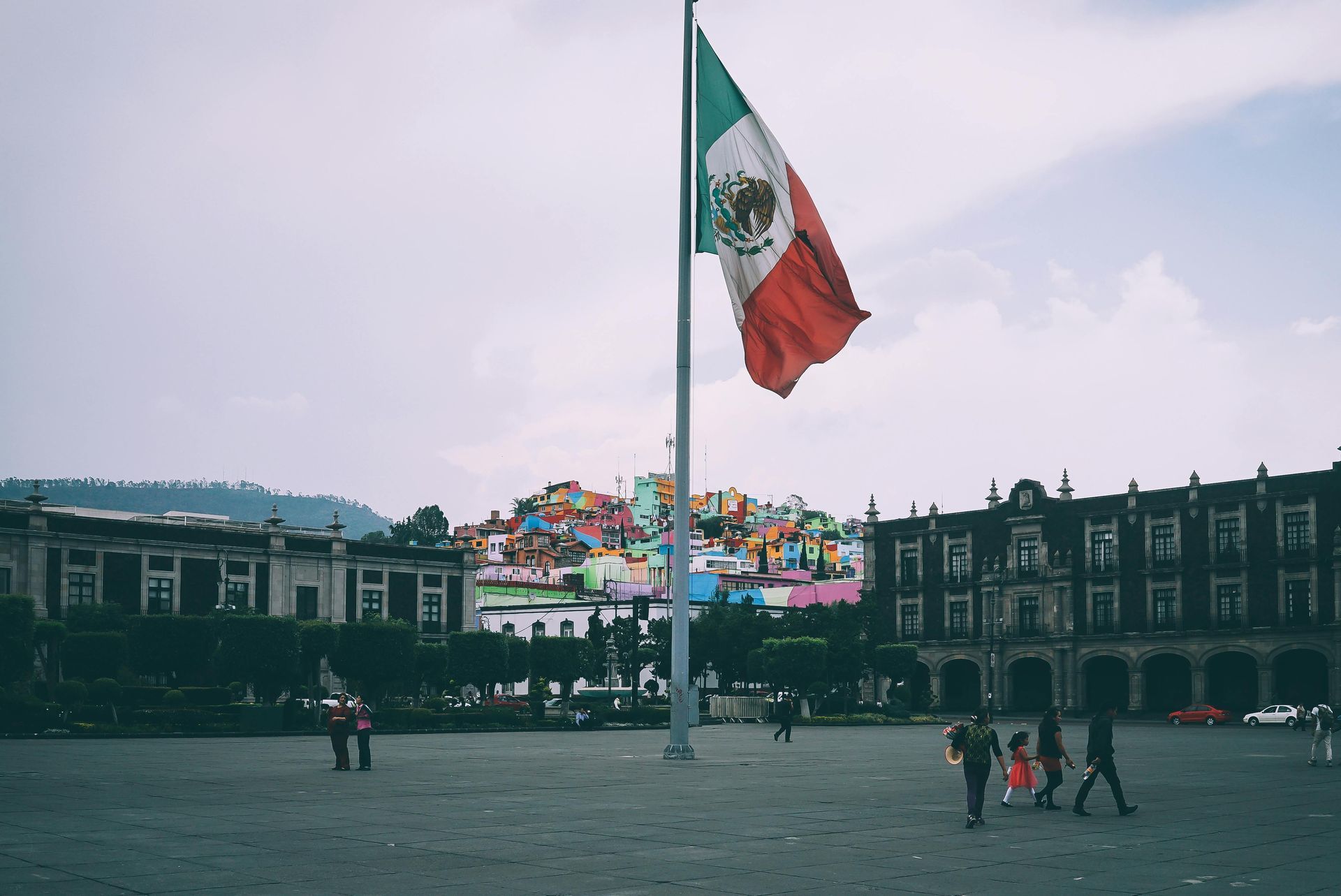🗣️ Fluent in English, Spanish & Portuguese 🌍
Understanding Priority Dates for Your Visa Journey
The Role of Priority Dates in Visa Applications
Understanding Priority Dates
Priority dates play a crucial role in the U.S. immigration process, particularly for individuals seeking visas. They determine the order in which applications are processed and can significantly impact the timeline for obtaining a visa. In this blog post, we will explore what priority dates are, how they are established, and their importance in visa applications. Understanding these dates is essential for anyone looking to navigate the often complex and sometimes confusing world of immigration.What is a Priority Date?
A priority date is essentially the date when an immigration petition is filed with the U.S. Citizenship and Immigration Services (USCIS). This date is critical because it establishes an applicant's place in line for a visa. The priority date is particularly relevant for family-sponsored and employment-based immigration categories. It serves as a timestamp that can dictate how long an applicant may have to wait before they can move forward with their visa application.How Priority Dates are Established
Priority dates are established based on the following factors:- Family-Sponsored Visas: The priority date is the date when the petition (Form I-130) is filed by a U.S. citizen or lawful permanent resident on behalf of a relative. This date is crucial as it can determine how quickly a family member can join their loved ones in the United States.
- Employment-Based Visas: For employment-based visas, the priority date is the date when the labor certification application is filed or when the Form I-140 is submitted. This date is significant for individuals seeking to work in the U.S. and can affect their ability to secure employment and residency.
The Importance of Priority Dates
Understanding the significance of priority dates is essential for anyone navigating the visa application process. Here are some key reasons why priority dates matter:1. Visa Availability
Priority dates determine when a visa becomes available to an applicant. The U.S. government allocates a limited number of visas each year, and when the demand exceeds the supply, a backlog occurs. Applicants must wait for their priority date to become current before they can proceed with their visa application. This can lead to significant delays, especially for applicants from countries with high demand for visas.2. Visa Bulletin
The U.S. Department of State publishes a monthly Visa Bulletin that outlines the current priority dates for various visa categories. Applicants can check this bulletin to see if their priority date is current, which means they can move forward with their application. Understanding how to read the Visa Bulletin is crucial for applicants, as it provides essential information about visa availability and processing timelines.3. Impact on Processing Times
Processing times for visa applications can vary significantly based on priority dates. Applicants with earlier priority dates may experience faster processing times, while those with later dates may face extended waits. This can affect personal and professional plans, making it essential to stay informed about priority date trends. Being proactive can help applicants manage their expectations and make informed decisions regarding their immigration journey.How to Check Your Priority Date
To check your priority date, follow these steps:- Locate your Form I-797, Notice of Action, which you received after filing your petition. Your priority date will be listed on this document, serving as a reference point for your application.
- Visit the U.S. Department of State's Visa Bulletin page to find the latest updates on priority dates. This resource is invaluable for staying current on visa availability.
- Compare your priority date with the dates listed in the Visa Bulletin to determine if your date is current. This will help you understand your position in the visa queue and what steps you may need to take next.
Common Challenges with Priority Dates
While priority dates are a fundamental aspect of the visa application process, applicants often face challenges, including:1. Backlogs
Backlogs can occur when the number of applicants exceeds the available visas. This can lead to long waiting periods, especially for certain countries and visa categories. Understanding the potential for backlogs can help applicants prepare for the possibility of extended waits.2. Changes in Immigration Policy
Changes in U.S. immigration policy can impact priority dates and visa availability. Staying informed about policy changes is essential for applicants, as these changes can affect their eligibility and timelines. Being proactive in understanding these shifts can help applicants navigate their immigration journey more effectively.3. Misunderstanding the Visa Bulletin
Many applicants struggle to interpret the Visa Bulletin correctly. Understanding the different categories and how they relate to priority dates is crucial for effective planning. Misinterpretation can lead to confusion and missteps in the application process, so it is important to seek clarification when needed.Strategies for Managing Priority Dates
To navigate the complexities of priority dates effectively, consider the following strategies:1. Stay Informed
Regularly check the Visa Bulletin and follow updates from USCIS and the Department of State. This will help you stay aware of any changes that may affect your application. Being informed can empower you to make timely decisions regarding your immigration status.2. Consult with an Immigration Attorney
Working with an experienced immigration attorney can provide valuable insights into your specific situation. They can help you understand your options and develop a strategy for your visa application. Legal guidance can be instrumental in navigating the complexities of immigration law.3. Prepare for Delays
Be prepared for potential delays in the visa process. Having a backup plan can help you manage your expectations and reduce stress during the waiting period. Understanding that delays are a common part of the process can help you maintain a positive outlook.Conclusion
Priority dates are a vital component of the U.S. visa application process. Understanding how they work and their significance can help applicants navigate the complexities of immigration more effectively. By staying informed and seeking professional guidance, individuals can better manage their visa applications and timelines. This proactive approach can make a significant difference in the overall experience of applying for a visa. To learn more about how we can assist you with your immigration needs, schedule a consultation with Quattrochi, Torres and Taormina today! Disclaimer: The information provided in this blog post is for general informational purposes only and does not constitute legal advice. The content is not intended to create, and receipt of it does not constitute, an attorney-client relationship. No action should be taken based on the content of this blog post without first consulting qualified legal counsel. While every effort has been made to ensure the accuracy and completeness of the information, Quattrochi, Torres & Taormina, P.A. makes no warranties or representations as to the accuracy, completeness, or suitability of the information for any purpose. Quattrochi, Torres & Taormina, P.A. will not be liable for any errors or omissions in this information nor for the availability of this information. Any reliance you place on such information is strictly at your own risk. Quattrochi, Torres & Taormina, P.A. disclaims any and all liability with respect to actions taken or not taken based on the contents of this blog post to the fullest extent permitted by law. This post does not cover every possible situation, and you should always consult with an attorney or the relevant agency before taking any action. By using this site and relying on the information provided, you agree that Quattrochi, Torres & Taormina, P.A., its partners, employees, and affiliates, shall not be held liable for any direct, indirect, incidental, special, or consequential damages or losses, whether in contract, tort, or otherwise, arising out of or in connection with the use of the information contained in this blog post.CONTACT US
950 S. Winter Park Dr., Suite 207
Casselberry, FL 32707
PRACTICE AREAS











